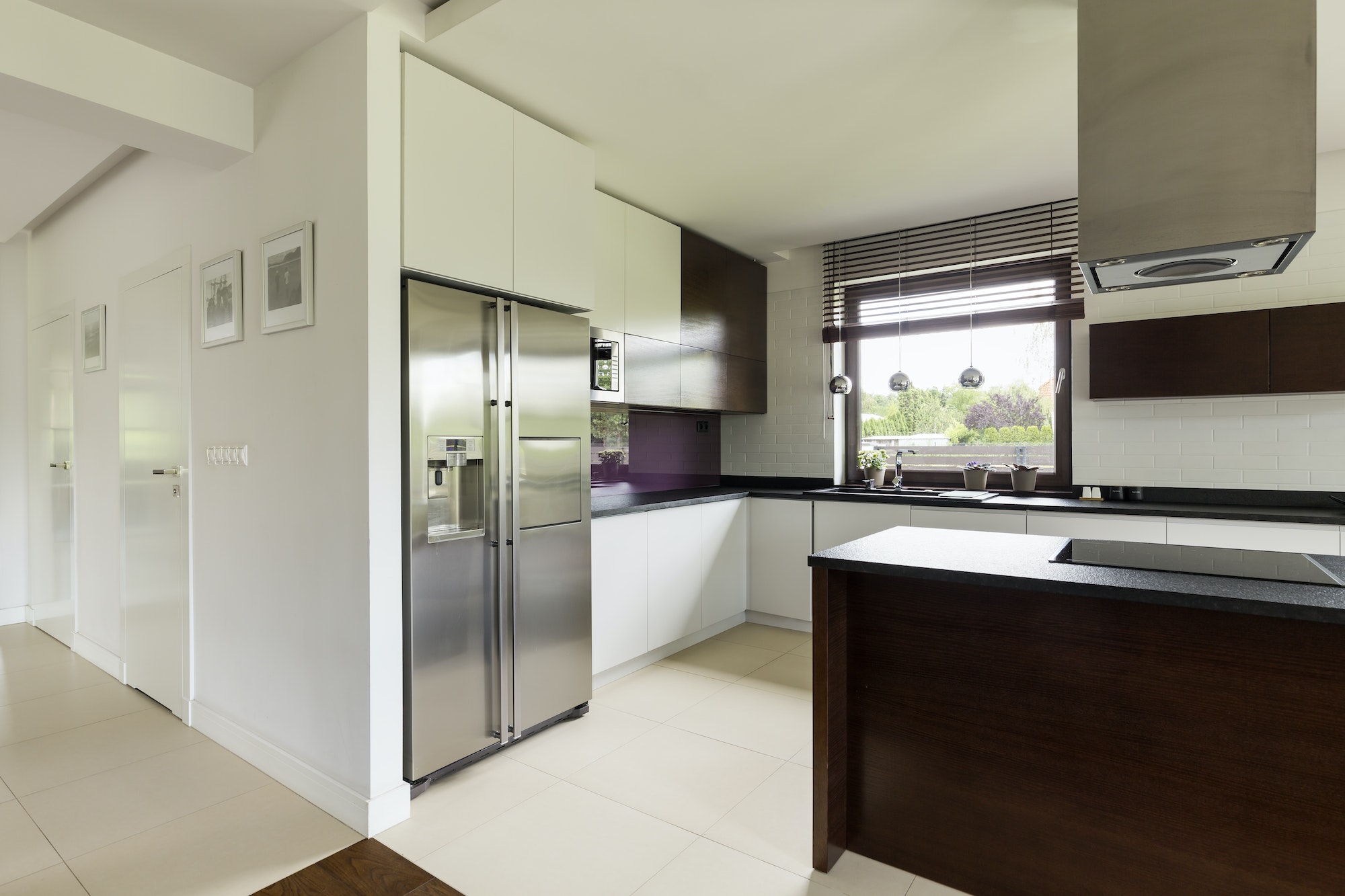For many doctors, purchasing a home can be a complicated and stressful process. With high levels of student debt and often inconsistent income early in their careers, it can be challenging for medical professionals to meet the strict requirements of traditional mortgages. To address this issue, specialized lenders known as physician banks have created a unique type of home loan called a physician mortgage. These are specialized home loans that cater to the unique financial needs of doctors and other healthcare professionals. But how are physician mortgages different from traditional mortgages, and what benefits do they offer? Let’s take a closer look.
Physician Mortgages: Understanding the Basics
A physician mortgage is a home loan designed specifically for doctors and other medical professionals. These mortgages typically offer more favorable terms than traditional mortgages, including lower down payments, higher loan limits, and more flexible underwriting requirements. In some cases, physician mortgages may even allow you to skip private mortgage insurance (PMI), which can save you money in the long run.
The Benefits of Physician Mortgages
One of the main advantages of physician mortgages is that they can help you save money on your home purchase. For example, many physician mortgages allow you to put down as little as 0-5% of the purchase price, which can be a significant saving compared to the 20% down payment typically required for traditional mortgages. Additionally, physician mortgages often have higher loan limits, which can help you afford a more expensive home.
Another benefit of physician mortgages is that they are offered by specialized lenders known as physician banks. As seen at Physician Banks, these lenders are familiar with the unique financial situations of doctors and other medical professionals, and they may be more willing to work with you if you have student loan debt, a high debt-to-income ratio, or other financial challenges. In some cases, physician banks may even offer special perks, such as discounted closing costs or interest rates.
The Drawbacks of Physician Mortgages
While physician mortgages can offer many benefits, they are not without drawbacks. One potential downside is that they may have higher interest rates than traditional mortgages. This is because physician mortgages are often considered riskier for lenders since they are typically offered to borrowers with less cash on hand and more debt. Additionally, physician mortgages may have more restrictive terms, such as prepayment penalties or higher fees.
Qualifying for a Physician Mortgage
To qualify for a physician mortgage, you typically need to be a medical doctor, dentist, veterinarian, or other healthcare professionals. You’ll also need to provide documentation of your income, including tax returns, W-2 forms, and proof of employment. Some physician mortgages may require a minimum credit score, but many are more lenient with credit requirements. Overall, the goal of a physician mortgage is to make it easier for doctors and other medical professionals to buy a home, even if they have student loan debt or other financial challenges.

Choosing a Physician Bank
If you’re interested in a physician mortgage, it’s important to choose the right lender. While many traditional banks offer physician mortgages, as we already mentioned, there are also specialized lenders known as physician banks. These lenders understand the unique financial needs of doctors and other medical professionals, and they may be more willing to work with you if you have student loan debt or a high debt-to-income ratio. Additionally, physician banks may offer special perks, such as discounted closing costs or interest rates.
Comparing Physician Mortgages to Traditional Mortgages
When deciding whether a physician mortgage is right for you, it’s important to compare it to traditional mortgages. While physician mortgages may offer lower down payments and more flexible underwriting requirements, they may also have higher interest rates and more restrictive terms. Additionally, physician mortgages may not be available from all lenders, so you may need to shop around to find the best deal. Ultimately, the decision of whether to go with a physician mortgage or a traditional mortgage depends on your individual financial situation and goals.
Physician mortgages can be a great option for doctors and other medical professionals who want to buy a home but have financial challenges such as student loan debt. By offering more favorable terms and flexible underwriting requirements, physician mortgages make it easier for doctors to achieve the American dream of homeownership. However, it’s important to carefully consider the benefits and drawbacks of physician mortgages and to choose the right lender for your individual needs. With the right approach, a physician mortgage can help you achieve your goal of owning a home while also managing your unique financial situation as a medical professional.
Discover more from Futurist Architecture
Subscribe to get the latest posts sent to your email.




